
4 Parts of Chicken You Should Avoid — And Why They May Not Be as Healthy as You Think
Chicken is one of the most widely consumed sources of protein worldwide. It is lean, versatile, and generally considered healthier than red meat. However, not every part of the chicken is equally beneficial. While many people assume that all chicken parts are nutritious, some specific portions can actually pose health risks if consumed frequently.
Here are four parts of chicken you should avoid — and the reasons behind it.
1. The Chicken Tail (Pygostyle)
The fleshy tail of the chicken, often referred to as the parson’s nose or oil gland, is a part that many people enjoy because of its fatty and juicy texture. However, this area contains:
-
High fat deposits: The tail is one of the fattiest parts of the chicken, which can contribute to unhealthy cholesterol levels.
-
Toxin accumulation: Since it is connected to the oil gland used for feather maintenance, residues and impurities may collect here.
👉 Eating this part occasionally may not be harmful, but regular consumption can increase fat intake and may affect liver health.
2. The Chicken Skin
Crispy, golden chicken skin is a favorite for many, but nutritionally it is not ideal:
-
High saturated fat: The skin is loaded with unhealthy fats that can raise cholesterol and increase the risk of heart disease.
-
Calorie dense: A seemingly small portion adds a significant amount of calories.
👉 Removing the skin before cooking or eating chicken is one of the simplest ways to make your meal healthier.
3. The Chicken Neck
In some cultures, chicken necks are used in soups or fried snacks. While flavorful, they can be problematic:
-
Excessive skin and fat: Necks contain more fatty tissue and loose skin than lean meat.
-
Residue from hormones and antibiotics: The lymph nodes located in this area may accumulate residues, making it less desirable for regular consumption.
👉 It is best to limit eating chicken necks, especially from non-organic or commercially farmed chickens.
4. The Chicken Liver (in Excess)
Chicken liver is rich in iron, vitamin A, and other nutrients, which makes it seem very healthy. However, overconsumption comes with risks:
-
Excess Vitamin A: Eating too much liver can cause vitamin A toxicity, leading to bone weakness, headaches, and liver stress.
-
Cholesterol content: Livers are also very high in cholesterol, which can be harmful if eaten too frequently.
👉 Occasional consumption is fine, but moderation is key.
Final Thoughts
Chicken is indeed a healthy source of lean protein — but not all parts are equally good for you. The tail, skin, neck, and liver (in excess) are the top four areas to be cautious about.
To enjoy chicken safely and nutritiously:
-
Opt for lean cuts like breast or thigh meat (without skin).
-
Cook using healthy methods such as steaming, grilling, or baking.
-
Limit consumption of fatty or toxin-prone parts.
By making informed choices, you can keep chicken as a nutritious and delicious part of your diet — without the hidden risks.
News in the same category


The Magic of Black Cats and Their Impact on Our Health

Say Goodbye to Diabetes, High Blood Pressure, Fatty Liver, Cancer, and Heart Attacks

7 Warning Signs Your Body May Have Parasites
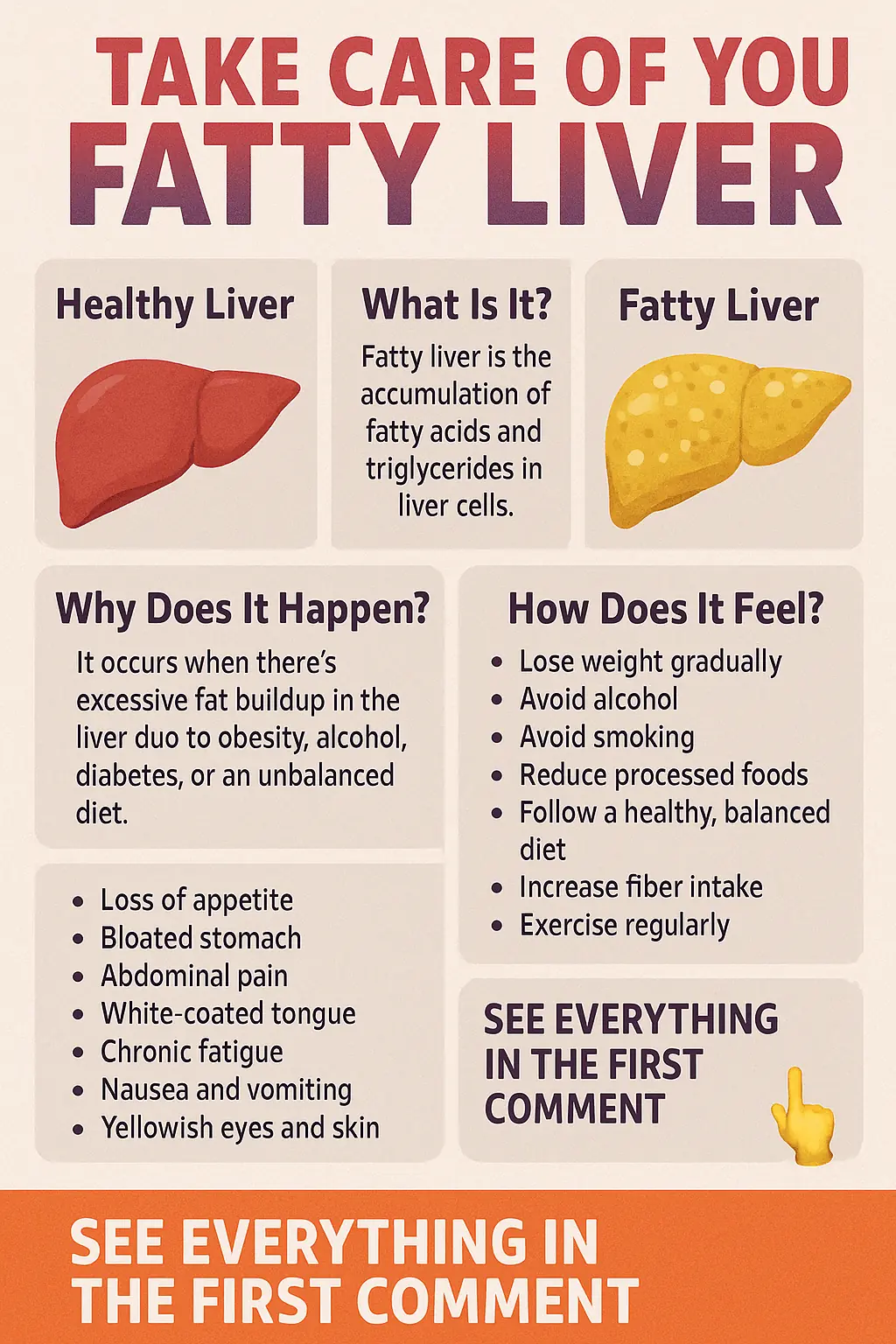
Fatty Liver: Recognize the Symptoms and Reverse It in Time

Why Do Canker Sores Appear? Painful Signs You Shouldn’t Ignore
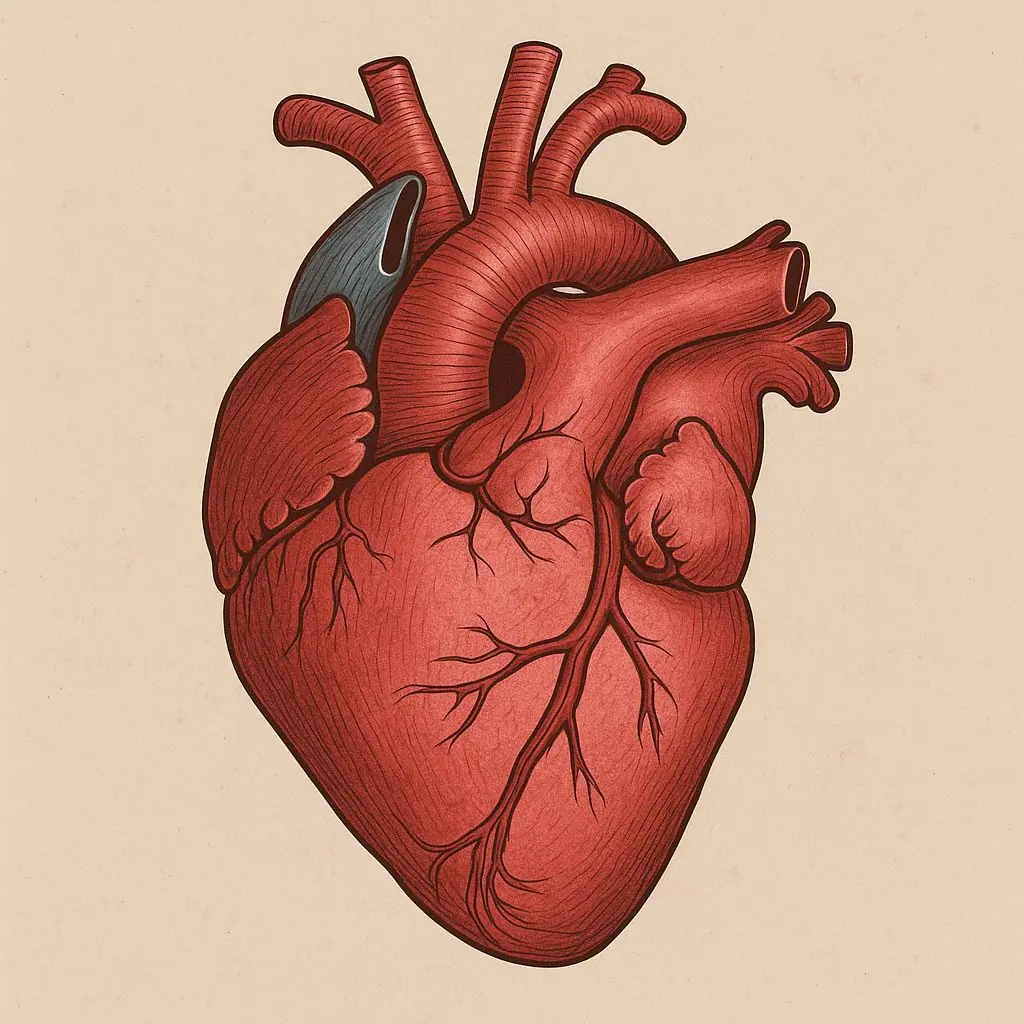
🫀💔 How to Maintain a Healthy Cholesterol Level for a Strong Heart

Massive Jugular Distension: A Warning Sign You Shouldn’t Ignore

The Last Part of the Pig, but with Top Benefits

The Importance of Urinating After Sex: Preventing Infections

5 common foods that many people eat almost every day but are especially rich in parasites

Diagnosed with cancer at 40, Soong Mei-ling still lived to 106

A Single Natural Ingredient to Combat Multiple Ailments: Discover How to Use It!

The Miraculous Story of a 58-Year-Old Mother Giving Birth to Twins

6 types of foods that negatively affect your thyroid
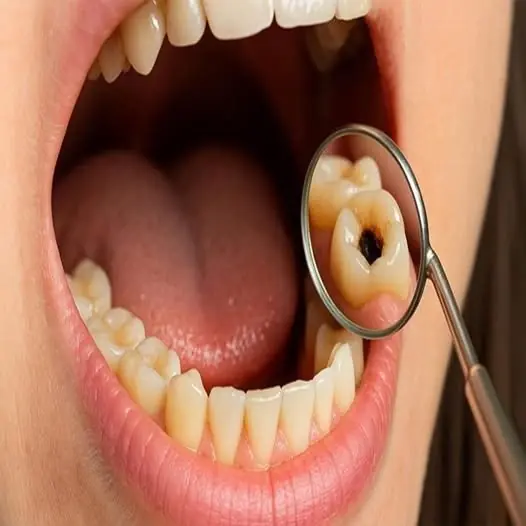
Stomach Gas and Dental Health: Natural Remedies for Your Well-Being
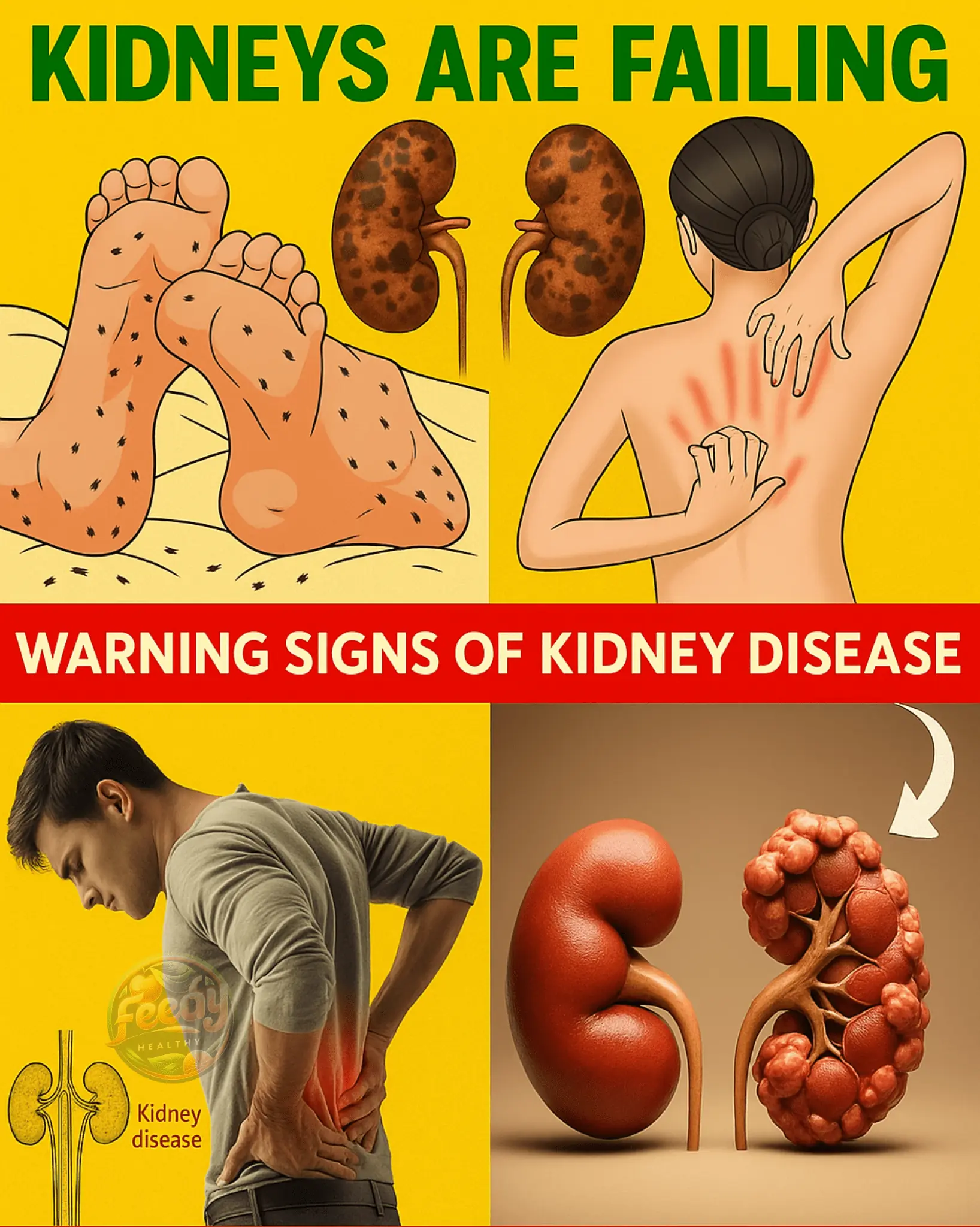
23 Strange Signs of Kidney Disease Most People Miss — Until It’s Too Late

The Healing Potential of Soursop: Can It Really Fight Cancer?
News Post
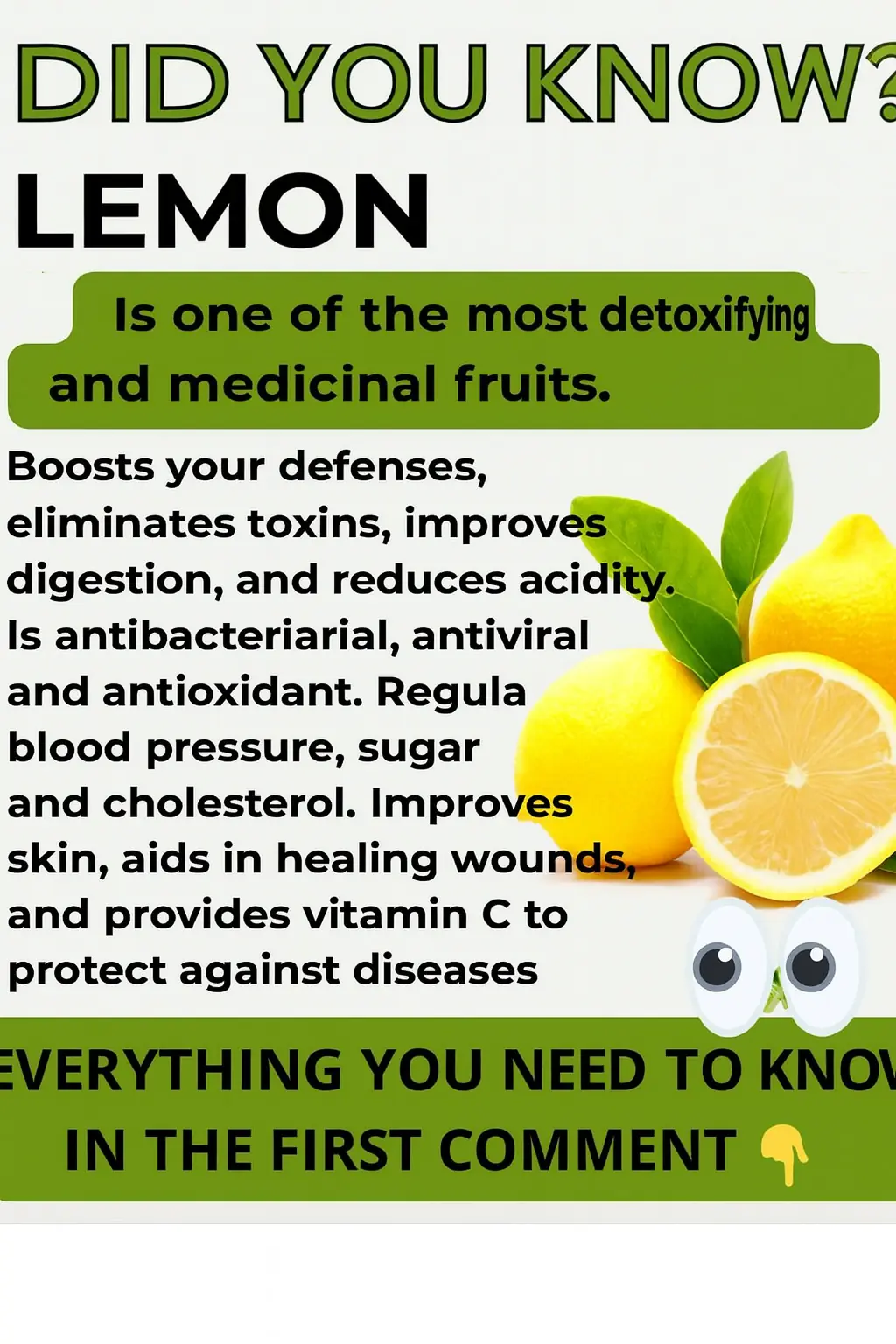
The Power of Lemon: A Refreshing and Medicinal Fruit for Your Health
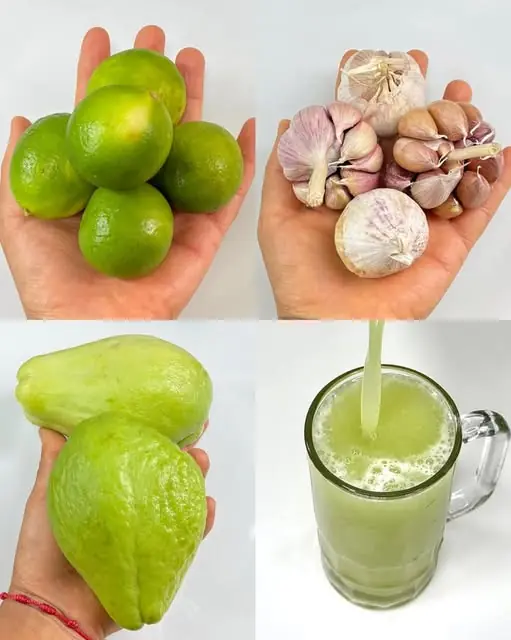
Eliminate Pain and Improve Your Health with This Natural Drink

Natural Drink to Improve Circulation and Fight Varicose Veins
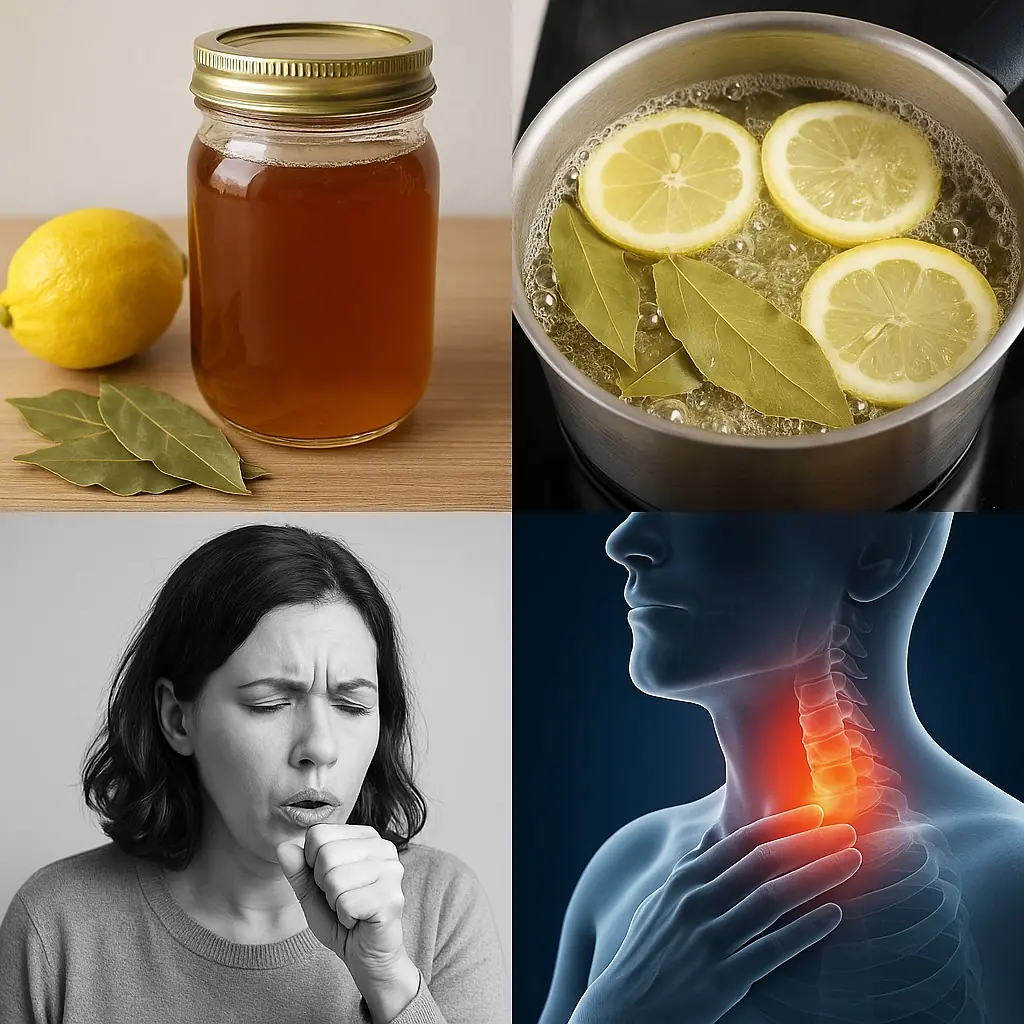
Cleanse Your Lungs and Stop Coughing: A Natural Syrup of Bay Leaf and Lemon

Guava Leaves: Nature’s Secret for Bone, Joint, Gout, Swollen Legs & Water Retention

Hearing Loss? Discover a Natural Remedy That Could Help Improve Your Hearing

Transform Your Hair with Nature’s Finest

Tomato and Colgate Toothpaste Face Mask: Glow-Up Hack or Skin Care Risk?

Corn Silk Secrets Unveiled: The Hidden Healing Power You’re Throwing Away

Unlock the Secret to Supercharged Sperm: 6 Foods That Transform Male Fertility

Mini Chocolate Roll Cake with Blueberry & Wafer

🧁 Oreo Chocolate Muffins Recipe

🍪 Chocolate Chip Cookie Cheesecake Recipe

The Gentle Acts That Shape The World

The Great Rift: How Africa is Slowly Splitting to Form a New Ocean

The Magic of Black Cats and Their Impact on Our Health

🍫 Chocolate Fudge Cake with Ganache & Cocoa Cream

‘Zombie Squirrels’ with oozing flesh terrify U.S. homeowners

